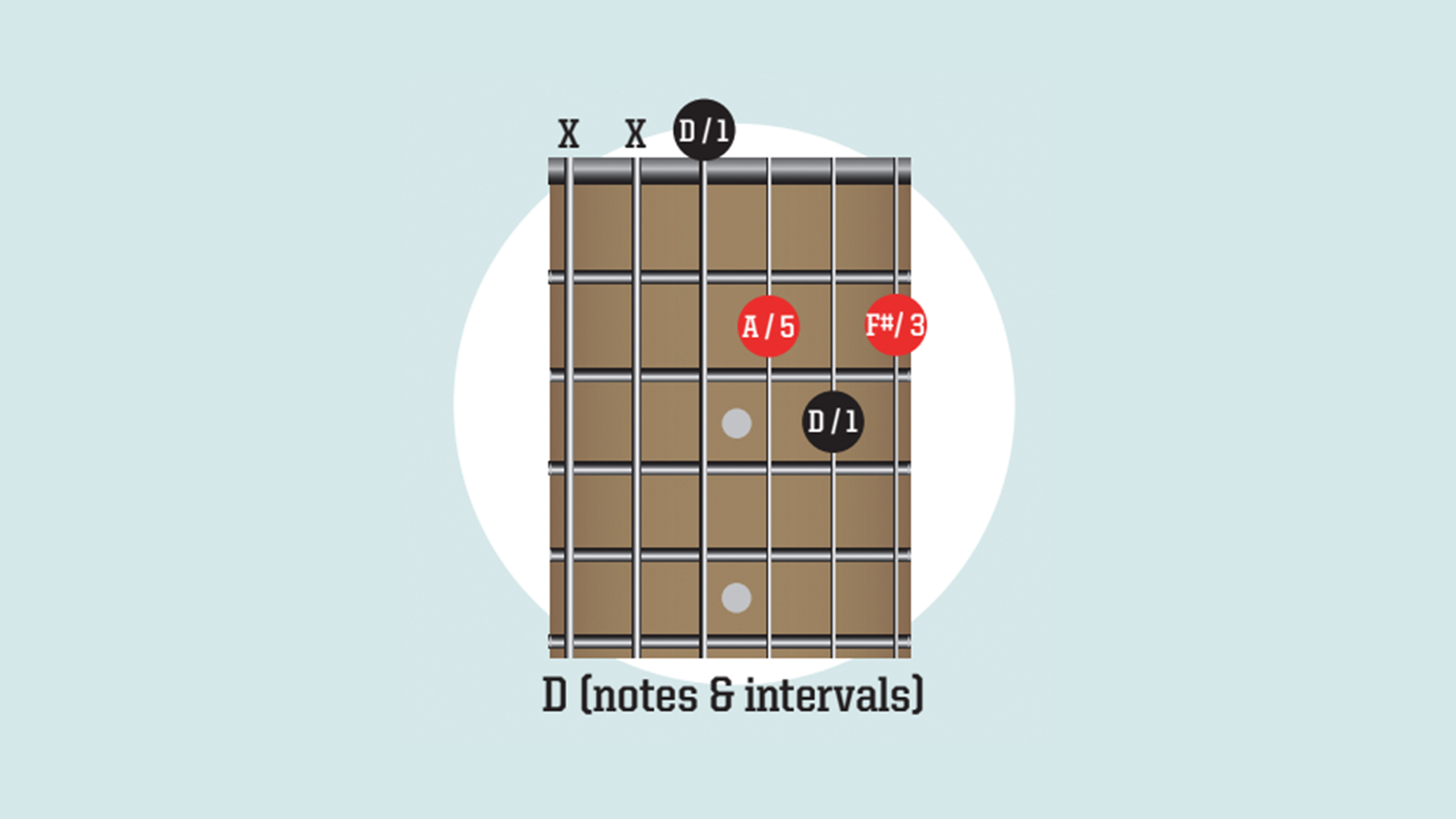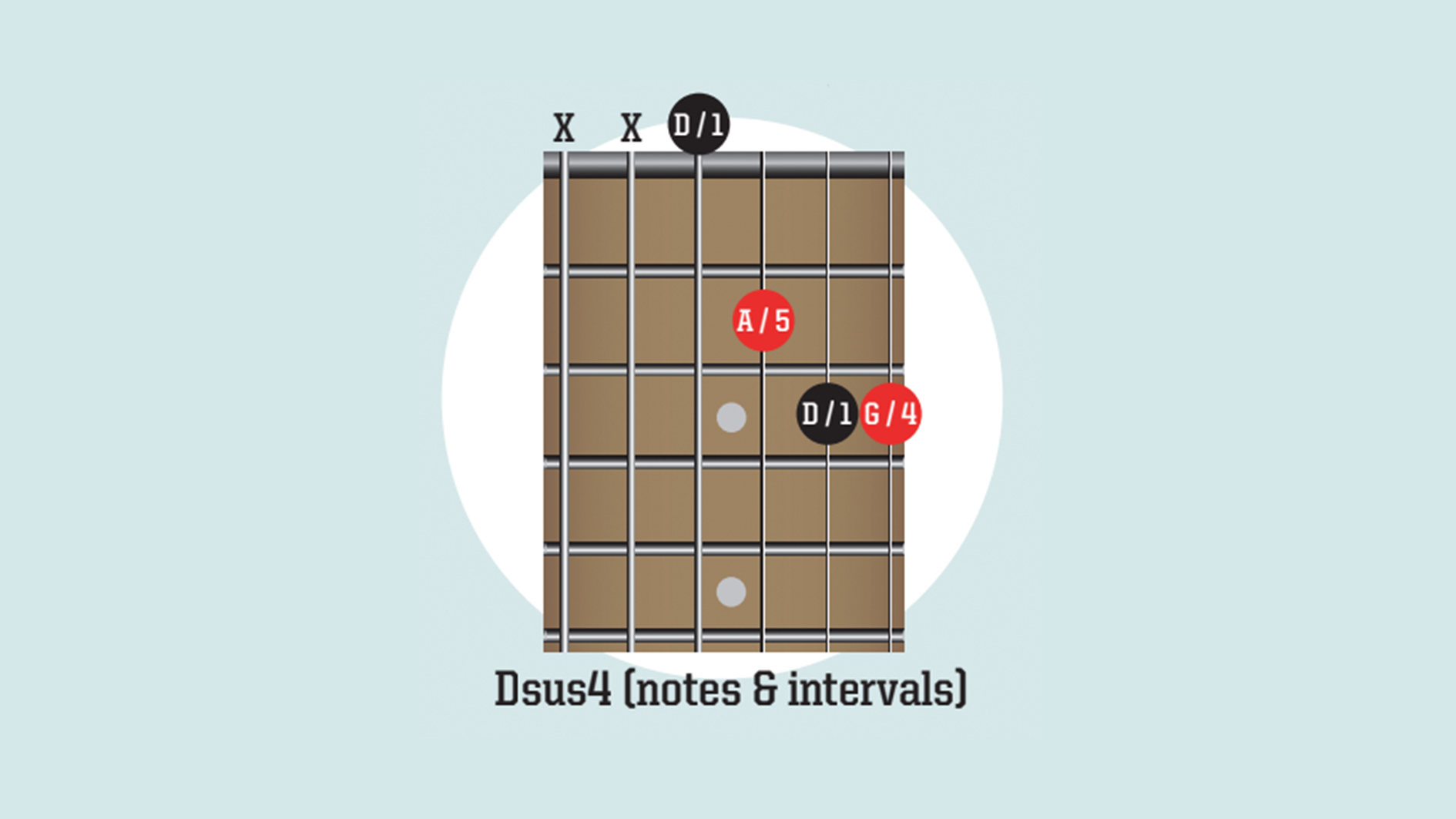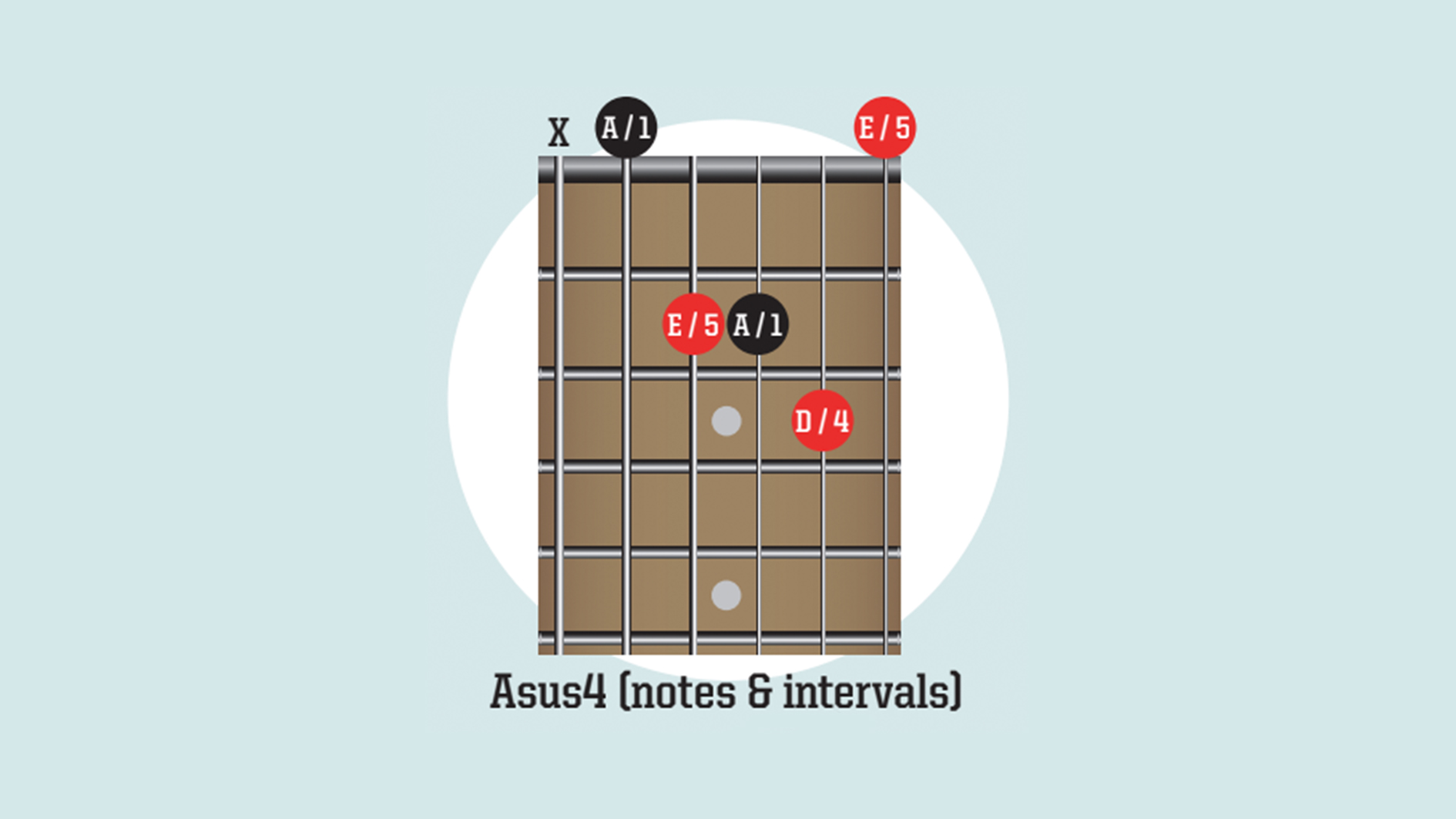Beginner guitar: expand your chord knowledge with these simple suspended shapes
Go beyond basic majors and launch your playing to a new level

Theory helps explain the creative aspects of music. Ponder on that for a moment. Theory isn’t there to give you strict rules to follow - it’s your music and your rules! No, theory should help explain what’s going on.
The structures and scales you learn are just commonly-used patterns. Get to grips with them and gradually you’ll understand how the guitarists you love write and play.
Which brings us on to this lesson on suspended (or ‘sus’) chords. Most guitarists start playing sus chords long before they know how they work - there are loads of easy shapes, after all.
So, how does knowing the theory help you? Well, once equipped with a little essential knowledge, you can start to plot new shapes around the fretboard.
You’ll develop your ear, too, and start improvising around these essential shapes. And if chords aren’t immediately exciting to you, just remember that you can write riffs, arpeggios and melodies around these ideas too. Before you know it, you’ll be incorporating these ideas into your playing.
1. Nice an' D'easy!

Let’s start with one of the easiest chords of all - D. It’s a beginner guitar chord and super easy to play. The notes are D, F# and A, just spread out in a different order to make it easier to play.
Let’s move on to the theory, then... The D major scale has seven notes: D E F# G A B C#. Try to remember that D, F# and A are the first, third and fifth notes; we've marked them 1, 3 and 5.
2. Getting it sussed

Dsus4 is about as easy as guitar chords get. If you were using your first three fingers to fret the D chord, just drop your fourth finger down to play the new note. Theory-wise, you’ll be ditching the 3rd (F#) and replacing it with a 4th (G).
The 3rd is said to be ‘suspended’ in favor of the 4th, hence the name D ‘sus’ 4.
3. Now try A

Let’s try it with another easy open chord - this time A. Again, aim to identify the notes and their corresponding intervals. Get your head around that and you’ll be well on your way to sus chord mastery all across the fretboard.
The notes in an A chord are A, C# and E - the first, third and fifth notes of the A major scale (A B C# D E F# G#).
4. Asus4

Look back at D and Dsus4. Remember, we ditched the 3rd interval and replaced it with a 4th. Well, the shape’s slightly different here, but the process is the same. Play the 3rd fret on the second string and your 3rd interval (C#) becomes a 4th (D) to give you Asus4.
Whichever major chord you’re playing, you’ll find the 4th one fret higher than the 3rd.
Get The Pick Newsletter
All the latest guitar news, interviews, lessons, reviews, deals and more, direct to your inbox!
Total Guitar is one of Europe's biggest guitar magazines. With lessons to suit players of all levels, TG's world-class tuition is friendly, accessible and jargon-free, whether you want to brush up on your technique or improve your music theory knowledge. We also talk to the biggest names in the world of guitar – from interviews with all-time greats like Brian May and Eddie Van Halen to our behind the scenes Rig Tour features, we get you up close with the guitarists that matter to you.










![Joe Bonamassa [left] wears a deep blue suit and polka-dotted shirt and plays his green refin Strat; the late Irish blues legend Rory Gallagher [right] screams and inflicts some punishment on his heavily worn number one Stratocaster.](https://cdn.mos.cms.futurecdn.net/cw28h7UBcTVfTLs7p7eiLe.jpg)
